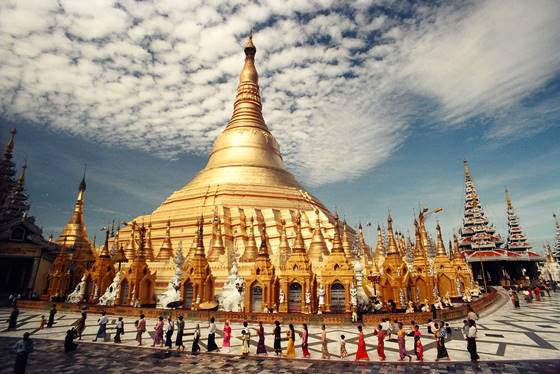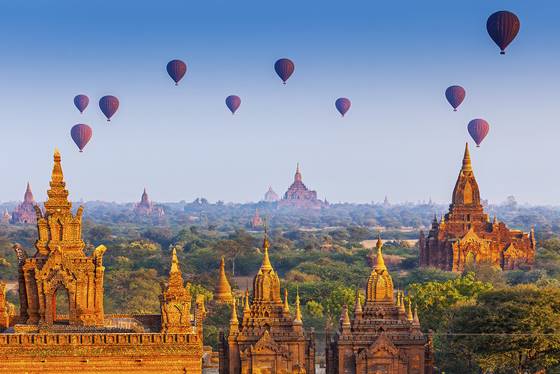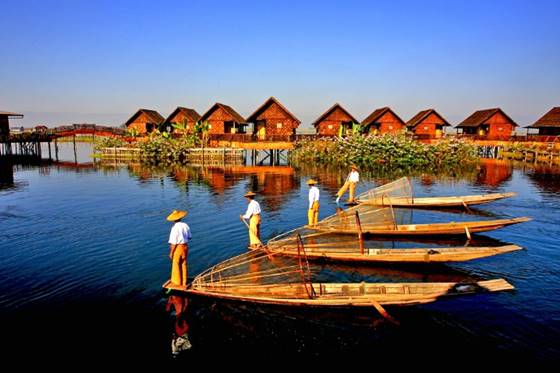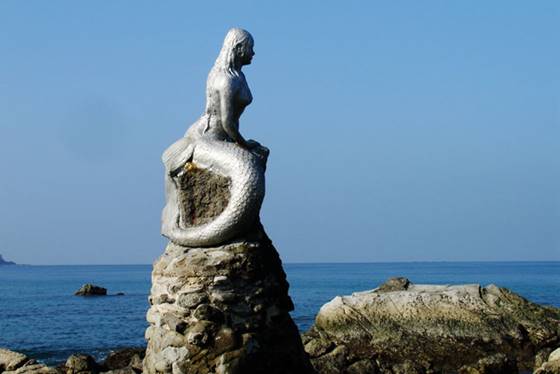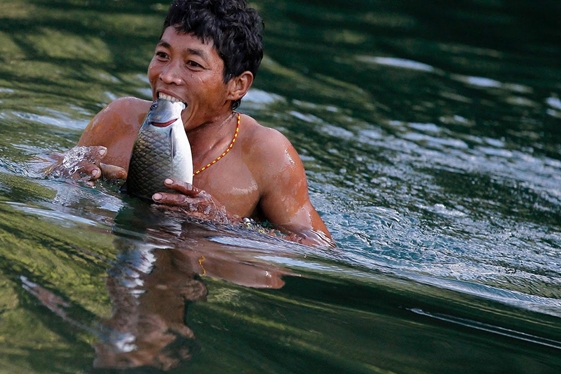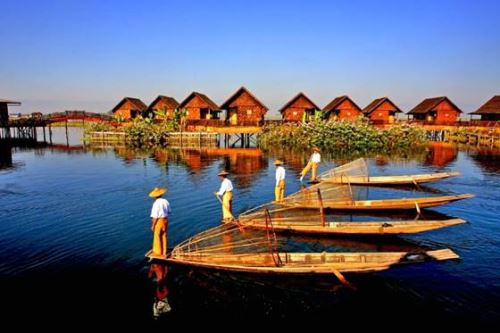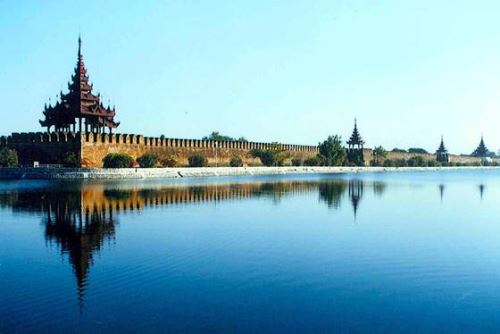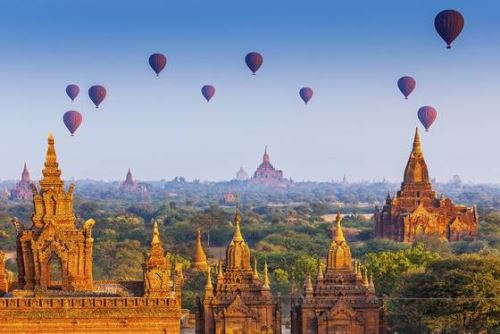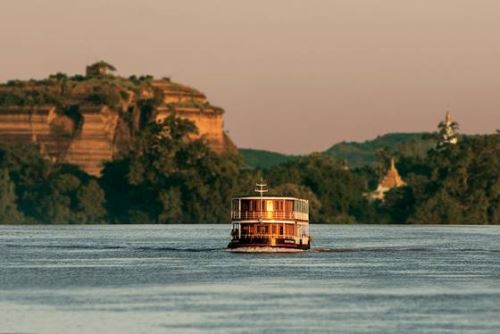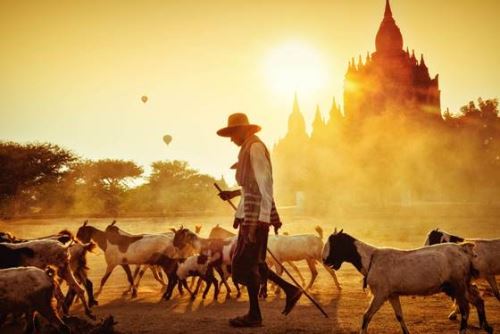Established in 1857, Mandalay is the second largest city in Myanmar. It is found in the upper part of the country, located on the east bank of the Irrawaddy River. Mandalay is where the Royal Palace of the Konbaung Dynasty is located, which was the last monarchy and independent kingdom of Burma. In 1886, present day Myanmar was conquered by British colonial forces. Ratanapunja was the ancient name of the city. It was given the name 'Mandalay' based on the 236-metre high Mandalay Hill, which is currently one of the most popular tourist destinations in the city.
During the reign of the Konbaung Dynasty, the city of Mandalay served as proof of the splendour of the Golden Age in Burma. When the Second World War occurred, the city and the Royal Palace were damaged in the fighting but were soon reconstructed. Today, Mandalay serves as the cultural centre of Myanmar and is home to several Buddhist monasteries and exquisite examples of Myanmar masonry. While the city is historically relevant, it remains fresh and contemporary with modern hotels and establishments.



